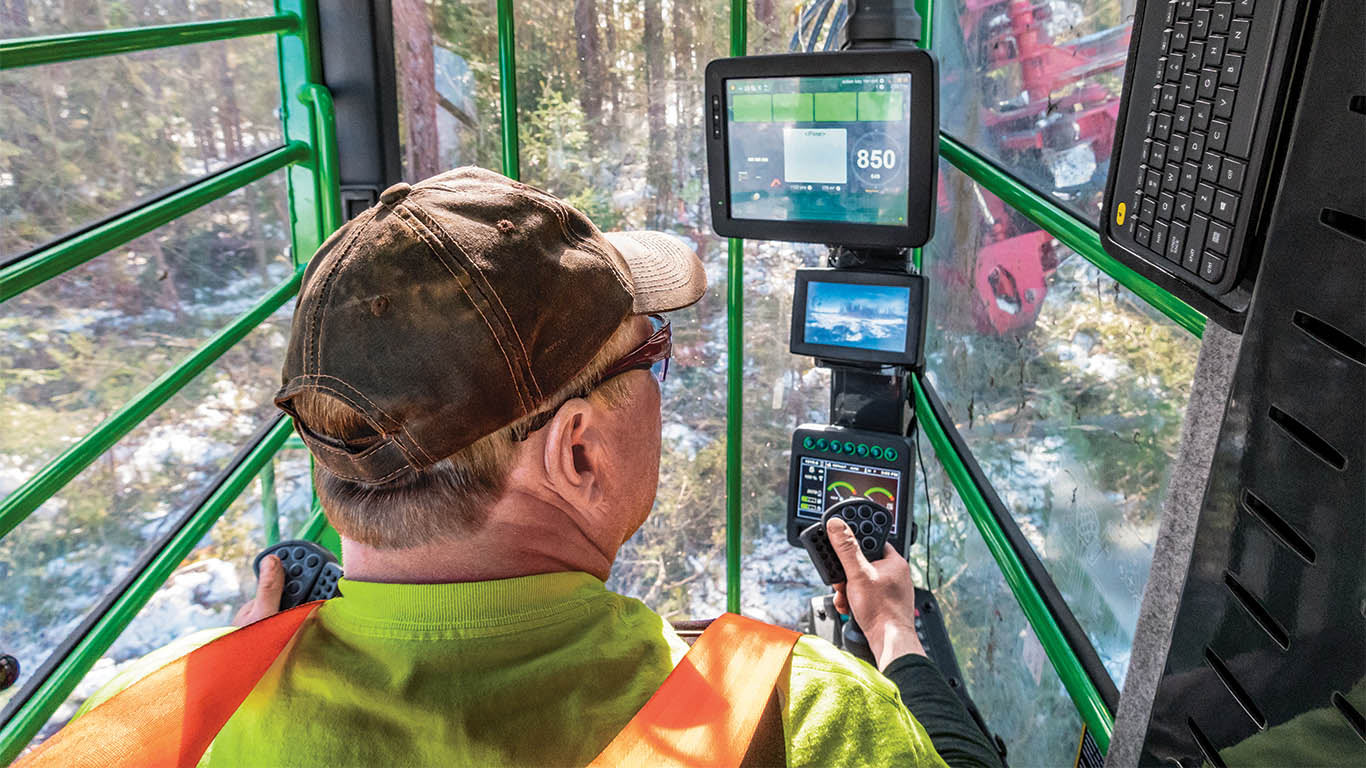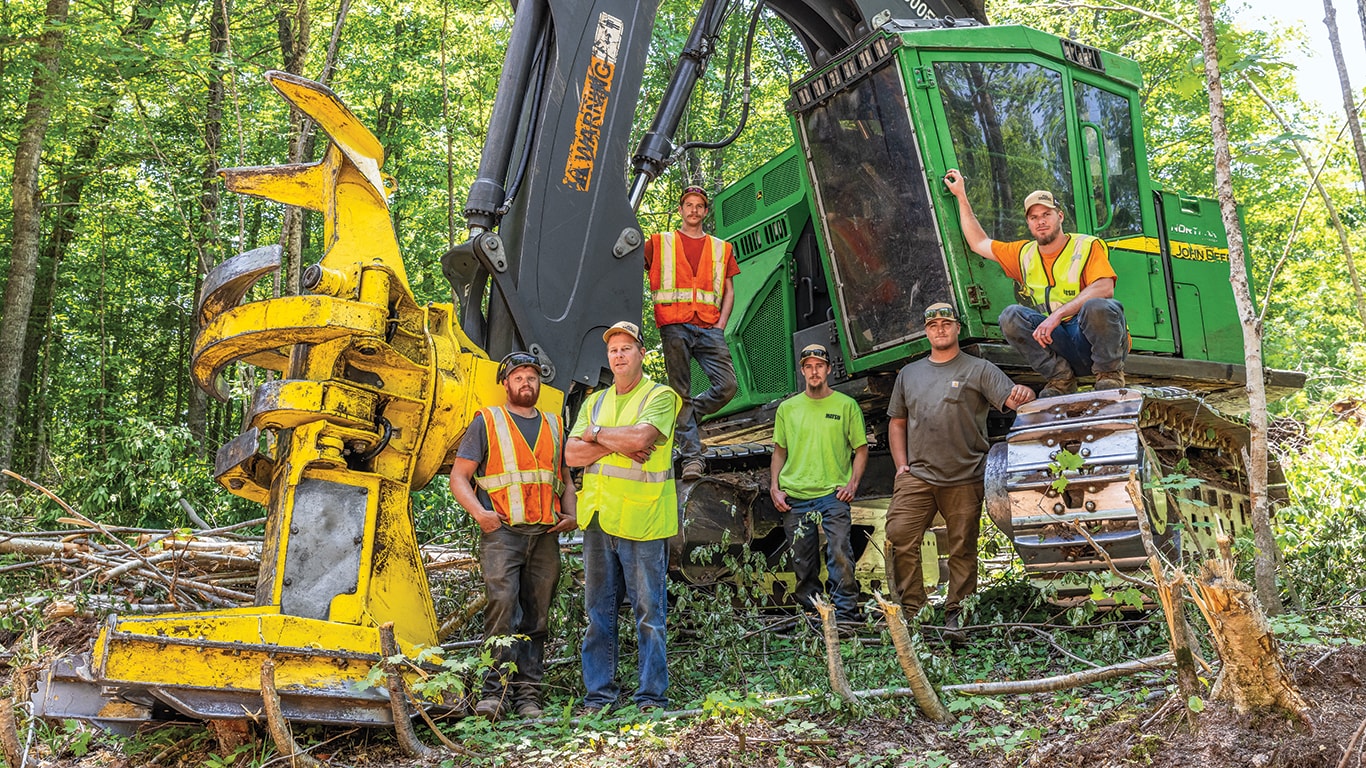


The right machine for every need
When you work in the logging business, there is no such thing as a routine job or an easy day. We have the lineup of equipment and technology to help you tackle any project from start to finish — and overcome any obstacles along the way.

Keep tabs on what’s new with John Deere and see what we’re doing to keep you #1.
Complete Solutions
Forestry & Logging Technology
Achieve seamless coordination of your team's performance in the woods and the back office with John Deere forestry and logging technology.
Dealer Support
Stay up and running and lower your costs by making the most of our world-class dealer network.
Financing
You need a finance team that gets in the trenches to learn about your entire operation – not just your credit score.
Additional Equipment
Loaders, road-clearing machines, forestry heads and used equipment to round out your lineup.
Featured Stories

Simplify Logging Operations with Forestry Equipment Technology
John Deere has the forestry equipment and technology to help you outrun expectations and succeed in the trees.

Front Man
Michigan logger Doug Anderson sings the praises of teamwork and a hybrid logging system.